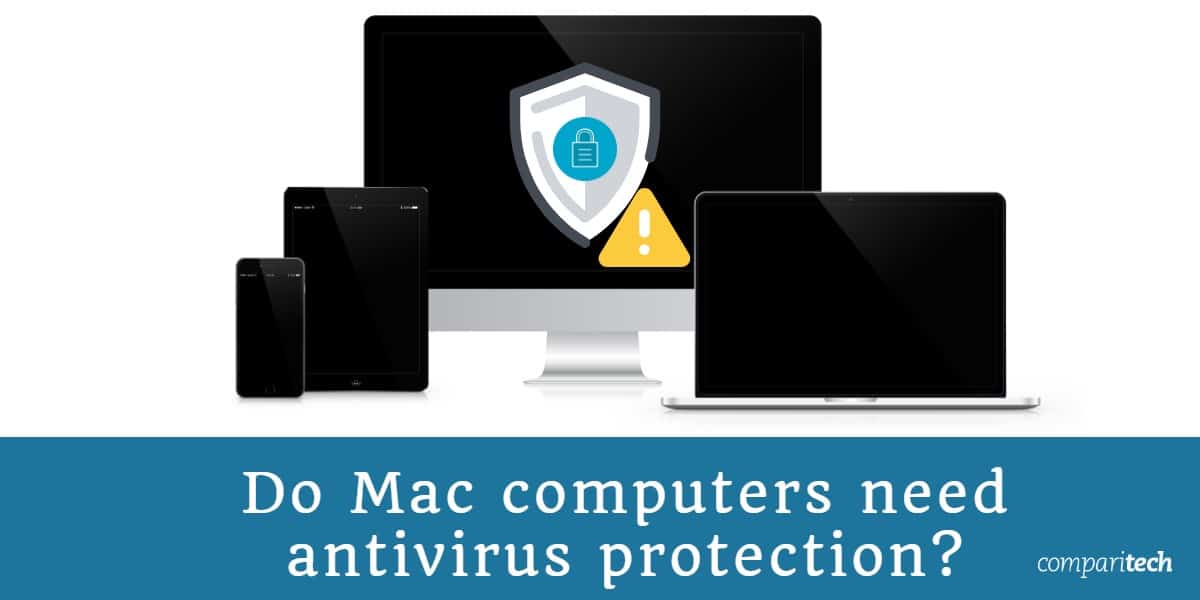
The MacOS layer of security relies on Apple adding quarantine tags to suspicious or outright malicious software, which in turn results in the warning dialogue you see when you try to open them.

On top of that, all apps are sandboxed, meaning they can only do what they’re meant to do, without being able to access critical system infrastructure and settings.īut there are gaps in the armor that protect Mac users’ systems. And now, Apple has even started notarizing apps so that they can prove they are trustworthy. Gatekeeper, meanwhile, will prevent the app from opening without your permission if it hasn’t been digitally signed as safe by Apple. It works invisibly in the background, meaning it needs no maintenance or activation and doesn’t slow down your Mac. For example, when you download an app off the internet, your Mac checks it against a list of known malware apps using XProtect. Windows PCs make up roughly 90% of the market, making them a much more attractive target to malware makers.Īnd Macs really do have some stellar built-in tools that protect you right off the bat. The belief that Macs are fairly resilient to malware isn’t just idle fanboy-ism. Vulnerabilities in Apple’s systems Riley Young/Digital Trends
Mac os antivirus software install#
But are they enough? These features come with every Mac by default, so is there really a need to install third-party antivirus software on your computer? We asked the experts.

Macs have a lot of built-in features that can be powerful tools in the fight against malware.


 0 kommentar(er)
0 kommentar(er)
